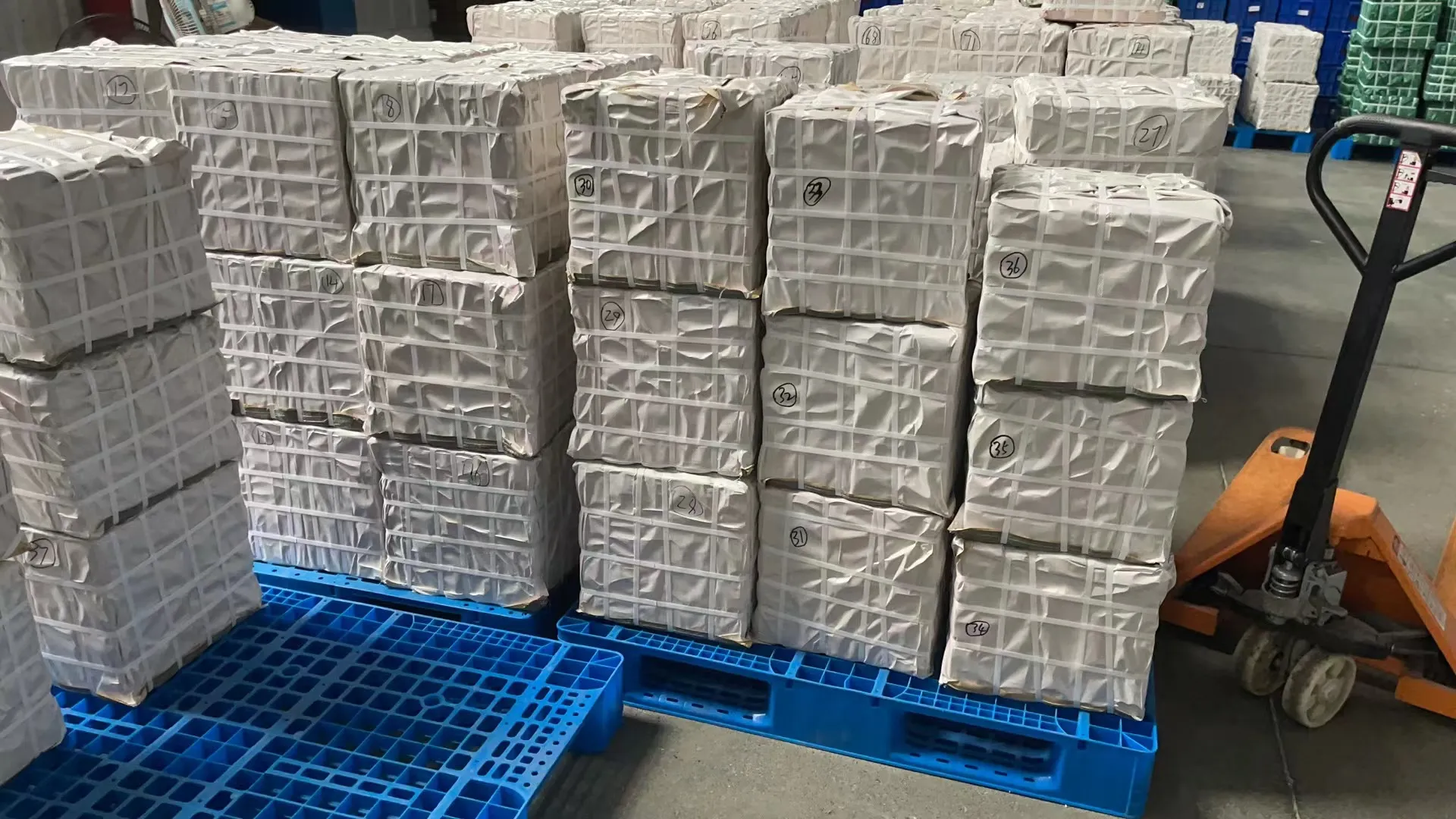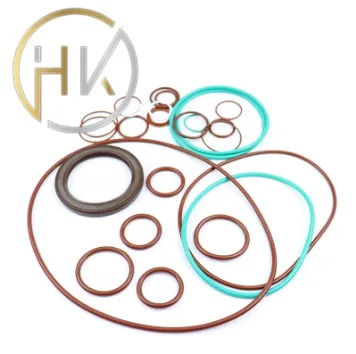Fév . 17, 2025 14:57 Back to list
Standard Hydraulic DKB Type Dustproof Wiper Oil Seal


Expertise is crucial when installing new seals. Always ensure that they are correctly positioned to avoid twisting or pinching, which could impair the seal's performance. Lubricating the seals slightly can facilitate easier installation and help avoid damage during the process. Additionally, checking the seal grooves for any debris or remnants from the old seals ensures a clean fit for the new ones. Reassemble the hydraulic cylinder by carefully reversing the disassembly process, ensuring that all components are secure and correctly aligned for optimal performance. The effectiveness of your repair is contingent not only on the quality of the new seals but also on regular maintenance and inspection regimens. After replacement, it is advisable to conduct a pressure test to ascertain that the seal replacement was successful and that there are no leaks. Continual checks and preventive maintenance can dramatically extend the life of the hydraulic cylinder. Establishing trustworthiness in this procedure comes from using top-grade, certified seals and following documented procedures as outlined by hydraulic equipment experts. By employing industry-standard practices, one not only maintains but can even enhance the performance and longevity of hydraulic systems. Finally, documenting the repair process is a best practice that contributes to the authoritative understanding of the equipment's maintenance history. Keeping detailed records helps track performance over time and serves as a guide for future maintenance tasks. Through diligent application and expertise, replacing seals in hydraulic cylinders can be a seamless task that ensures the reliable functioning of essential hydraulic systems, underpinning the efficiency and productivity of industrial operations.
-
The Trans-formative Journey of Wheel Hub Oil Seals
NewsJun.06,2025
-
Graphene-Enhanced Oil Seals: Revolutionizing High-Pressure Oil Sealing
NewsJun.06,2025
-
Future of Hydraulic Sealing: Advanced Intelligent TCN Oil Seals
NewsJun.06,2025
-
Don’t Let a Broken TCV Oil Seal Ruin Your Day
NewsJun.06,2025
-
Bio-Inspired Dust Seals for Better Sealing Performance
NewsJun.06,2025
-
Biodegradable and Sustainable Hydraulic Seal Materials
NewsJun.06,2025
-
Top Oil Seal Solutions for Your Industrial Needs
NewsMay.22,2025
Products categories
















